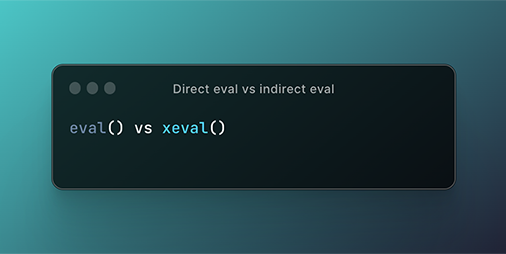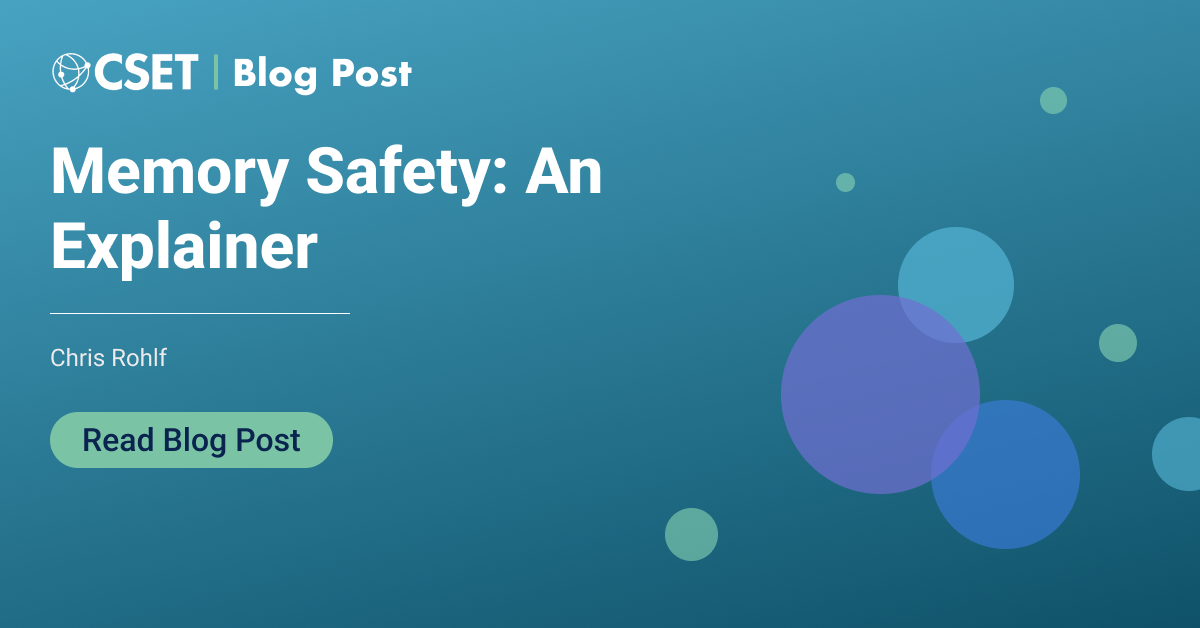- ITSEC Newsletter
- Posts
- ITSEC Newsletter 2023-09-28
ITSEC Newsletter 2023-09-28
Red team is best team
"You might have encountered a situation where a site will throw an exception from the eval function when DOM Invader is enabled, but not when DOM Invader is disabled. Why is that? To understand what's going on, we first need to know the difference between a direct and an indirect call to eval. This post is going to summarise and simplify the definition of direct/indirect calls to eval. If you are interested in more technical details then I recommend the post by kangax."
"Memory safety is often seen as a never-ending source of cybersecurity problems and, thus, is increasingly cited as a high-priority issue in cybersecurity policy and strategy. It has been a hotly debated topic in computer security for decades, and fortunately, is not as complicated as some computer science textbooks make it seem. The cybersecurity issues surrounding memory safety are primarily rooted in two fundamental aspects of modern computing: The lack of strict separation in memory between code and data; and, The prevalence of widely used programming languages (primarily C/C++) that make introducing memory safety errors common. This blog post attempts to bridge the gap between fundamental computer science challenges in memory safety, and their relation to cybersecurity in order to inform policy options."
"In this blog I go over the new JA4+ network fingerprinting methods and examples of what they can detect. JA4+ provides a suite of modular network fingerprints that are easy to use and easy to share, replacing the JA3 TLS fingerprinting standard from 2017. These methods are both human and machine readable to facilitate more effective threat-hunting and analysis. The use-cases for these fingerprints include scanning for threat actors, malware detection, session hijacking prevention, compliance automation, location tracking, DDoS detection, grouping of threat actors, reverse shell detection, and many more."
"At the end of the last post, we started to get some interesting functionality with the ability to resolve addresses to names in a module. This was the last functionality missing before we could implement breakpoints! This part adds the ability for DbgRs to set hardware breakpoints."


